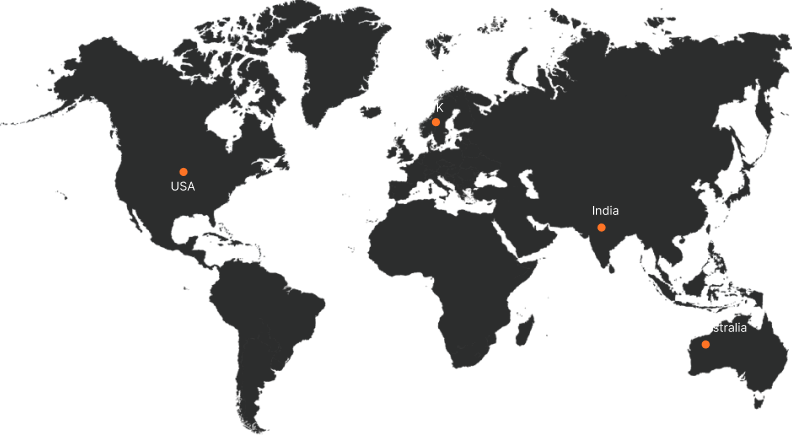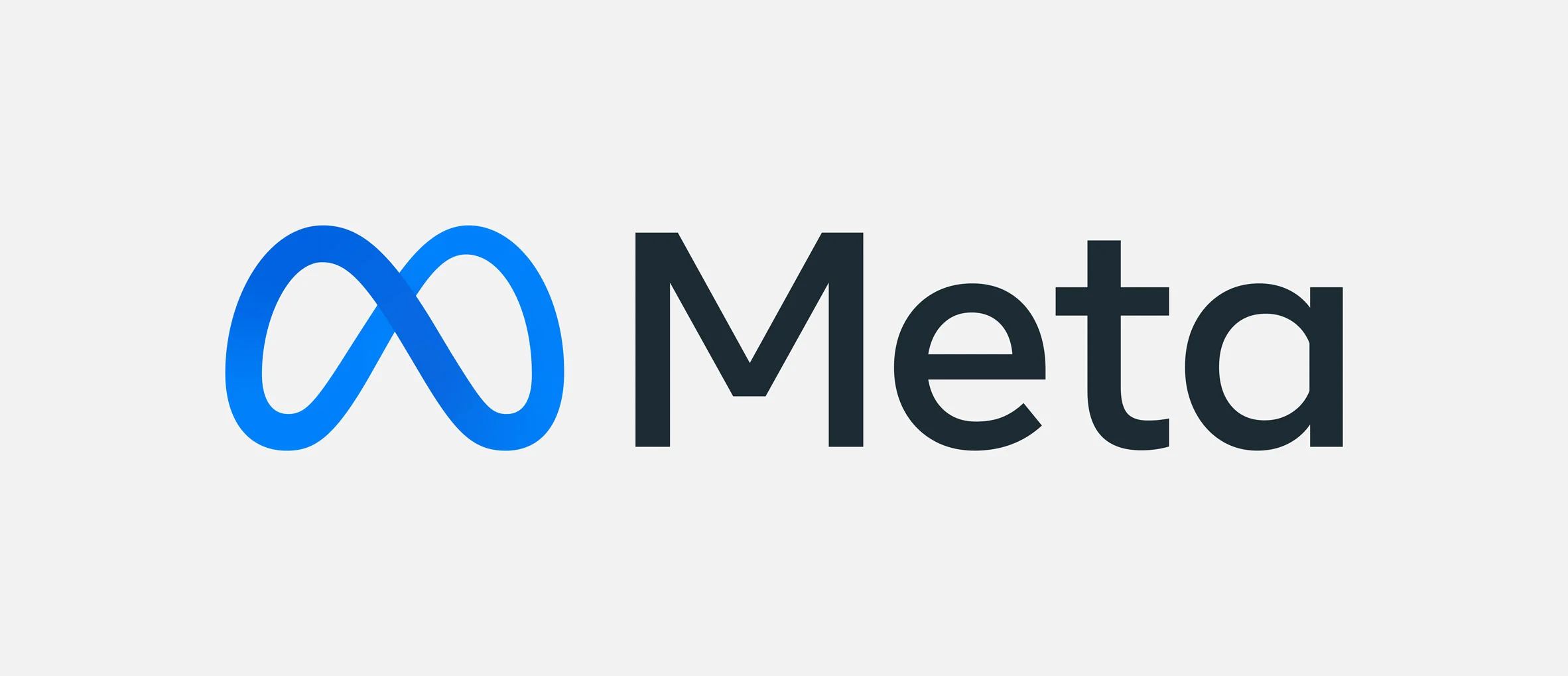What is Static and Dynamic Website?

Static and Dynamic Website: Key-Characteristics, Pros, and Cons
Understanding the core differences between static and dynamic websites is crucial for businesses, developers, and end-users in the ever-evolving web development landscape. Each type of website serves different purposes and offers unique advantages and limitations. Let’s delve into what static and dynamic websites are and explore their key characteristics, benefits, and use cases.
What is a Static Website?
A static website comprises fixed content; each page is a separate HTML file stored on the server. When a user requests a page, the server redirects the corresponding HTML file to the user’s browser. The content remains unchanged unless a developer manually updates the file. Static websites are straightforward, cost-effective, and quick to load.
Key Characteristics of Static Websites:
- Fixed Content: Content is hardcoded into HTML files and remains the same for every visitor.
- Speed: Fast loading times due to simple, lightweight files.
- Security: Fewer vulnerabilities since there are no database connections or server-side scripting.
- Cost-Effective: Lower development and hosting costs.
- Maintenance: Requires manual updates for content changes.
What is a Dynamic Website?
A dynamic website generates pages in real-time, corresponding to dynamic characteristics like screen size and device type. The structure and content of a dynamic web page are adjustable, allowing you to customize the end user’s experience based on the browser or requests.
Key Characteristics of Dynamic Websites:
- Interactive Content: Pages can change based on user input, preferences, or behaviours.
- Database Integration: Data is stored in databases and fetched dynamically to generate web pages.
- Flexibility: Easy to update and manage content through a content management system (CMS).
- Functionality: Supports complex features like user accounts, e-commerce, and content personalization.
- Scalability: Can handle significant amounts of data and traffic more efficiently.
Pros and Cons
Static Websites:
Pros:
- Faster loading times
- Higher security
- Cost-effective
- Simple to deploy and host
Cons:
- Limited functionality
- Requires technical knowledge to update content
- Not suitable for content-heavy or interactive sites
Dynamic Websites
Pros:
- Offers personalised user experiences
- Real-time content updates.
- Easy management with CMS integration.
- Displays user-specific content
Cons:
- Requires advanced programming skills
- Slower load times due to server-side processing.
- Higher risk of vulnerabilities
- Higher development and ongoing maintenance costs.
Choosing the Right Type of Website for Your Needs

Selecting between a static and dynamic website depends on your project’s specific requirements and goals. A static website might be the right choice if you need a simple, fast, secure website with minimal content updates. However, a dynamic website is the way to go if your site requires frequent updates, user interaction, or complex functionalities.
Many websites in today’s digital landscape leverage a hybrid approach, using static site generators with dynamic features through APIs and JavaScript frameworks, offering the best of both worlds.
The Hybrid Approach
In today’s web development landscape, a hybrid approach often offers the best of both worlds. Technologies like static site generators (e.g., Jekyll, Hugo) can create static pages from dynamic content sources, while frameworks like React or Angular can add interactivity to static sites. This approach combines the speed and security of static sites with the functionality and flexibility of dynamic sites.
Conclusion
Understanding the differences between static and dynamic websites is necessary for making informed decisions in web development. Each type has its strengths and ideal use cases, and the choice will ultimately depend on your specific needs and objectives. By choosing the right kind of website, you can ensure optimal performance, security, and user experience.











